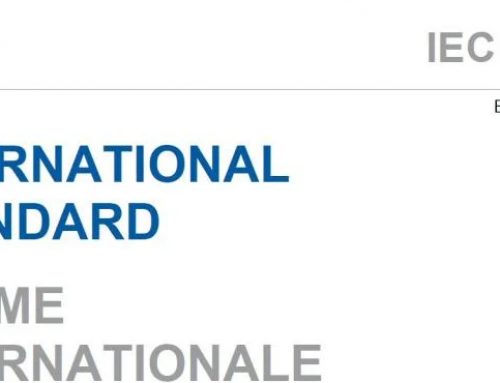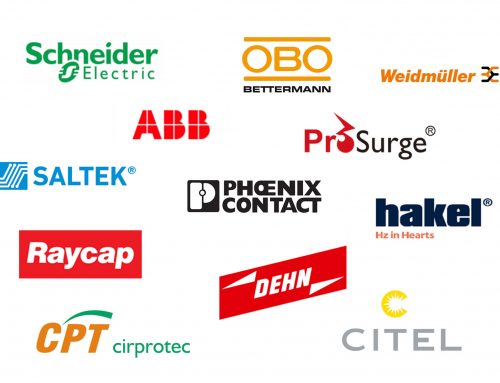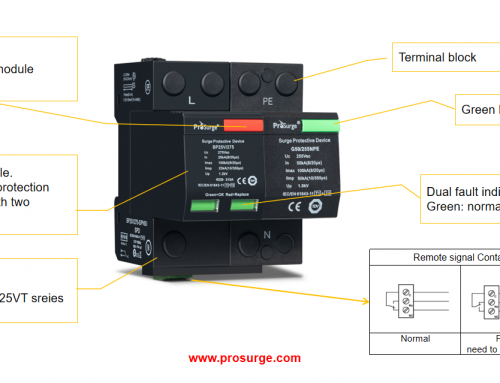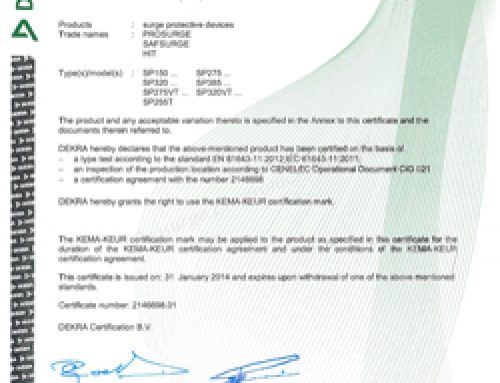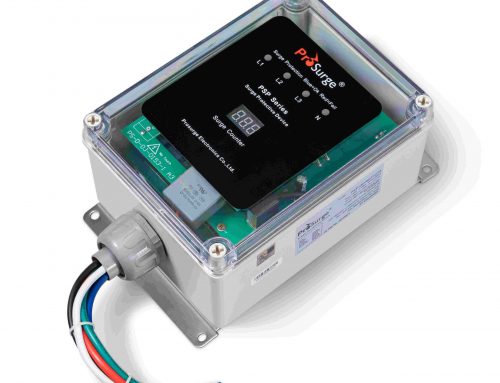SPD Application in High Altitude Areas
As an international player in surge protection filed, Prosurge has a very extensive clientele around the world. For example, we have many customers in the South America where is very famous for its plateau. Sometimes, we have customers asked us: We need to install the surge protection device in a area with altitude above 2000m, will it affect the performance of the SPD?
Well, this is a very practical question. And in this article, we are going to talk about this topic. We are going to introduce some opinions from various professionals yet kindly note that this area is still need to be explored further and thus the information we present only serve as a reference.
What’s Special about High Altitude?
The issue of surge protection / lightning protection in high altitude areas has always been a practical topic. In the ILPS 2018 (International Lightning Protection Symposium), surge protection professionals also have a discussion on this topic. So what’s special about high altitude area?
First of all, let’s look at the major climatic environment characteristics of high altitude areas:
- low temperature and radical change;
- low air pressure or air density;
- enhanced solar irradiance;
- lower absolute humidity in the air;
- less precipitation; more windy days;
- low soil temperature and long freezing period
Surge Protection Device Modification in High Altitude Application
These climatic differences has an impact on the SPD insulation. SPD usually uses solid material and air as the insulating medium. As the altitude increases, SPD should increase the clearance and creepage distance.
For SPD that already has a fixed design and cannot change its clearance and creepage distance, we have to notice that: as the air pressure decreases, the breakdown voltage also decreases. In order to ensure that the SPD has sufficient puncture resistance when used in a high altitude environment, it can be verified by tests. Otherwise, the SPD structure should be changed to increase the clearance.
Will Altitude Affect Surge Protection Device’s Iimp, Imax and In?
The low air pressure, temperature, absolute humidity and other factors in the high altitude environment are almost independent of the SPD’s lightning or surge current capacity. The lightning / surge current capacity of SPD depends on its internal structural design of the product and the performance of its key components, which is almost irrelevant to the environmental factors in high altitude environments. There is no corresponding standard regulation and theoretical support in the corresponding IEC, national standards and related literature.
What extra test steps should take? Perspectives from UL Professionals
From UL professional’s perspective, for high altitude SPD applications, we can adopt some tests. SPDs installed with an altitude of more than 2000 m should be pre-tested before the surge test: three samples are placed in a pneumatic box for 168 hours, and the air pressure should be in accordance with IEC 60664-1. 2 and applied the maximum continuous over voltage (MCOV).

